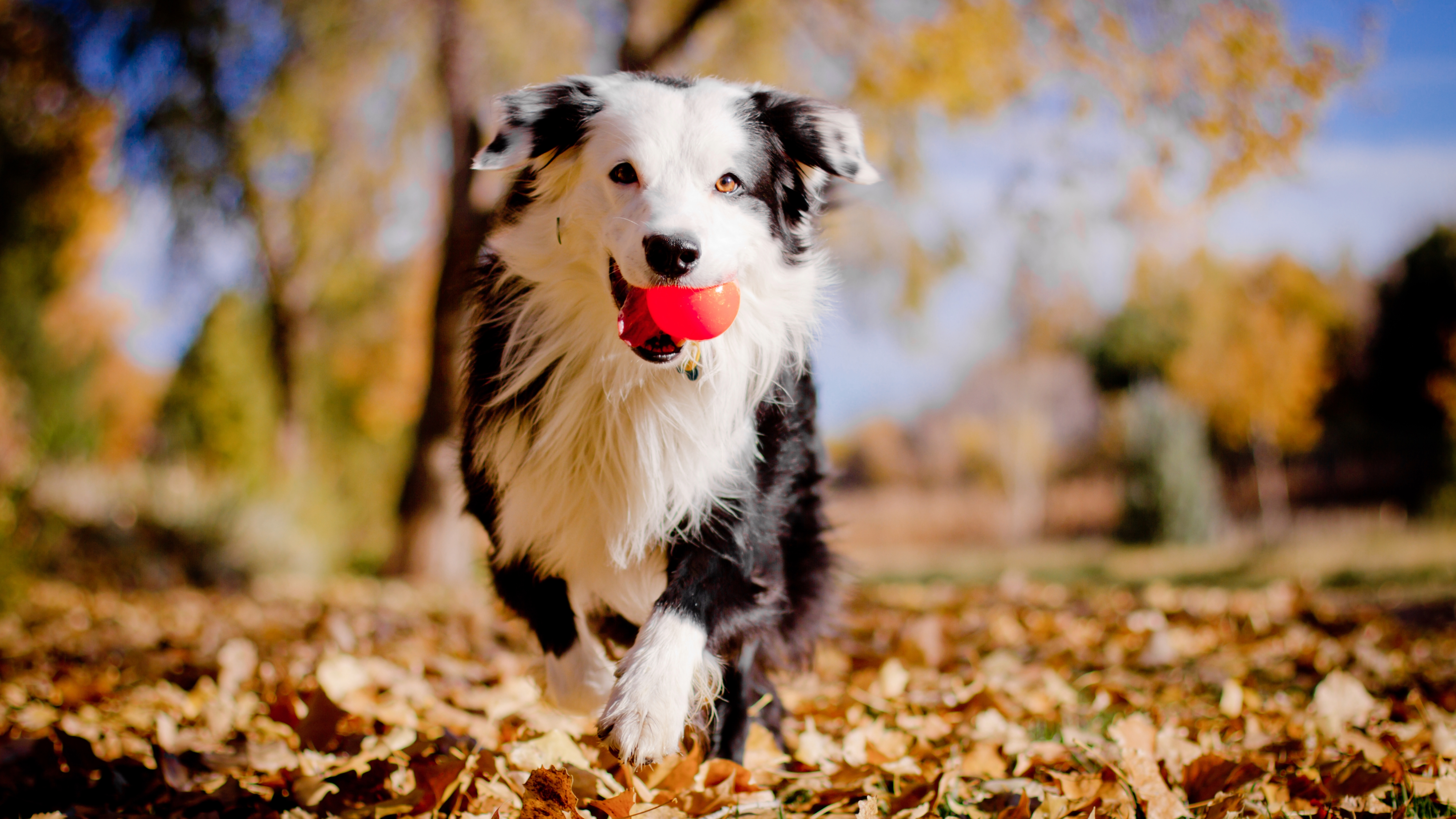
Ah, the teenage years. They’re not easy for humans (or their parents) and the same goes for dogs, too.
While it can differ from breed to breed, dogs tend to enter adolescence when they’re between six and 12 months old, and it can last until they’re between 18 and 24 months old. It can be a difficult time, and it might feel as though that once obedient, eager-to-please puppy has turned into a totally different dog.
However, it’s important to remember that this stage won’t last forever, and you could come out of it with an even stronger bond with your pup – and hopefully many happy years together! And in the meantime, it’s a chance to have lots of energetic fun with the best dog toys. Award-winning trainer Lisa Burton of Listen Dog Training has explained how you can cope with this testing period in a recent Instagram post.
Burton begins by explaining that, while you might expect her to say your adolescent dog isn’t being difficult on purpose, your dog actually is – kind of. “Not that he knows it, of course,” she says, “But his adolescent brain is actually biologically primed to produce testing behavior right now. Because he’s at the age where testing whether to stay with his existing pack (i.e. with you) or leaving to procreate and start his own pack elsewhere, is the best option for him.”
As dogs move out of the puppy stage and reach maturity, the instinct to reproduce comes to the fore. In the wild, they’d have two options. Either they stay with their pack and help out by rearing and protecting future litters, or they start their own pack by breaking away and finding a mate.
Burton explains that your dog will have two key priorities at this point:
Testing their relationship with you: Your dog will be asking questions about how strong your bond is, and whether they’ll always be safe with you.
Seeing what the rest of the world can offer them: Your dog will be considering opportunities to mate in the outside world, and other social options.
In this context, the difficult behaviors your pup might be displaying in adolescence make more sense. This is why you might be wondering how to deal with a badly behaved dog. But that doesn’t necessarily make dealing with this stage any easier. So, what can you do?
“Know that this doesn’t last forever,” urges Burton. “So don’t lose hope or give up on your dog. Prioritize your relationship: make time and space for play, positive interaction and training sessions that feel fun.”
If your dog develops any reactivity, work through it just as you would when first socializing your puppy, and make sure your pup has lots of opportunities to exercise and let off steam – here’s how to calm a reactive dog for more information. Make sure safety comes first, too. So, if your dog is regressing with recall, keep them on a longline and reinforce desirable behaviors wherever you can.
Teenage dog struggling to behave when you’re out and about? You might find this article useful: My dog embarrassed me with her terrible off-leash behavior — here’s how I fixed it.







